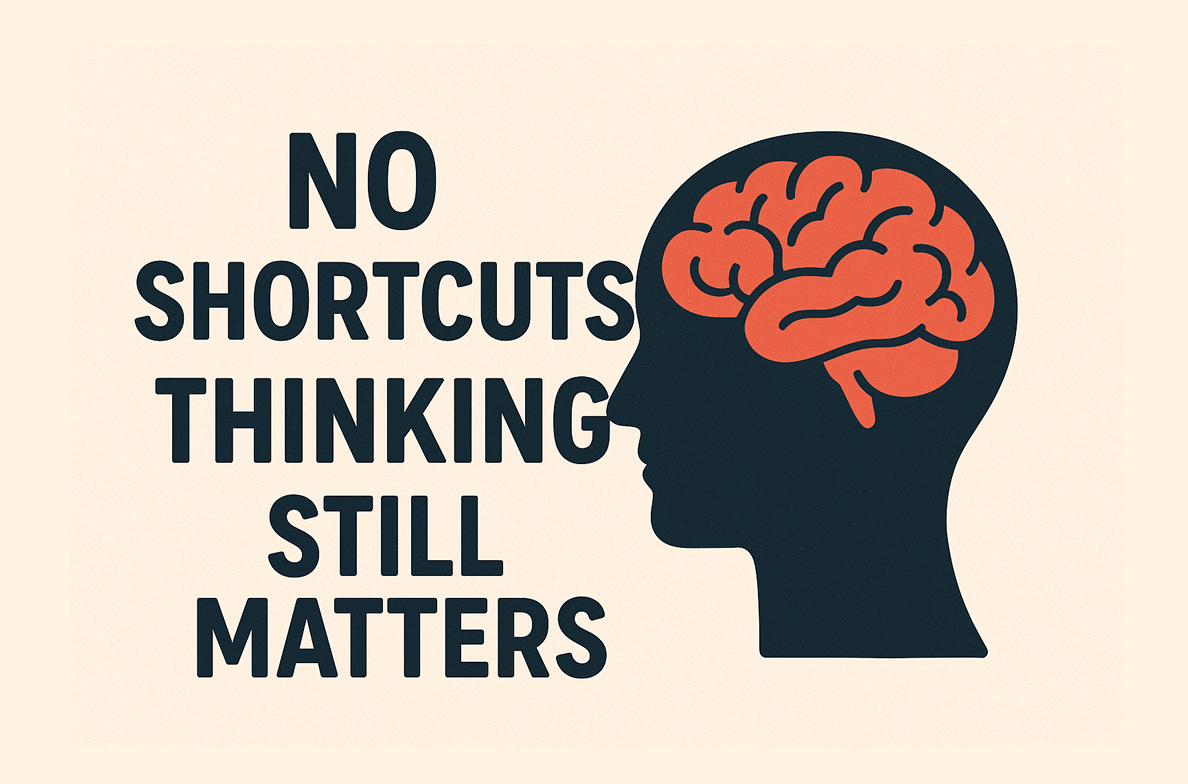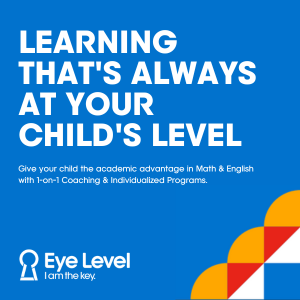In today’s connected world, friendships no longer grow solely in school corridors, on playgrounds, or during after-school activities. Social media has added a new dimension to how children and teens form, maintain, and even lose friendships. For parents, understanding this digital layer is key to guiding kids through the ups and downs of growing up in an online world.

The New Playground
For many children, platforms like WhatsApp, Instagram, TikTok, and Discord are more than just entertainment – they are where social interaction happens. Birthday wishes, group project coordination, casual chatting, even arguments – all now unfold online.
Today, it’s common to see children and teens using social media daily to stay in touch with their peers. For many, especially those who find face-to-face interaction challenging, these platforms offer a more comfortable way to communicate and stay connected.
But there’s a flip side: these platforms can also amplify exclusion, drama, and misunderstandings. When a child sees their friends hanging out without them on Instagram Stories, or gets left out of a group chat, it can hurt just as much – or more – than being left out in real life.
Social media also changes the pace of friendship. Relationships can form quickly through shared content or frequent messaging, but they can also fall apart just as fast. One harsh comment, ignored message, or misinterpreted emoji can shift the tone dramatically. These quick changes can be confusing and emotionally exhausting for young users who are still learning about trust and communication.
Understanding Online Friendship Dynamics
Parents need to know that social media doesn’t just reflect real-life friendships; it shapes them. Here are a few ways this happens:
- Visibility of Social Circles: Children can see who’s liking whose posts, who’s added to which group chat, or who’s commenting on what. This visibility can lead to comparisons, jealousy, or misunderstandings.
- Public vs. Private Communication: Some children feel pressured to keep up appearances on public posts (“likes,” followers, curated images), while their real friendships may thrive in private chats.
- Quantity Over Quality: Having hundreds of followers doesn’t equal to having true friends. Some children equate popularity with self-worth, which can skew their understanding of what genuine friendship looks like.
- Conflict Escalation: Misunderstandings that might be cleared up with a quick chat in person can spiral out of control online through screenshots, forwarded messages, or subtweets.
- FOMO and Anxiety: Constant updates and curated posts can make children feel like they are missing out. This fear of missing out (FOMO) can cause stress, lower self-esteem and strain friendships unnecessarily.

What Parents Can Do
As with all aspects of parenting, when it comes to social media and friendships, it’s not about total control but smart guidance. Here’s how parents can help:
1. Open the Conversation
Start by asking your child how they use social media to talk with friends. Keep it casual, non-judgmental and regular. Normalize conversations about online life just as you would about school or sports. You might say, “Hey, I saw that TikTok trend going around – is that something your friends are into?” This opens the door to better understanding their digital world.
2. Teach Digital Empathy
Help your child understand how online actions can affect others. Discuss tone (which can often be misread in texts), timing, and the permanence of screenshots. For example, ask them, “If someone posted a photo of a hangout you weren’t invited to, how would that feel?” Role-playing helps build empathy and thoughtfulness.
3. Help Set Healthy Boundaries
Encourage your child to take breaks from screens, especially if social media is causing stress. Teach them it’s okay to mute or leave toxic group chats, or to say no to pressure to reply immediately. Help them understand that it’s not rude to prioritize their peace of mind over constant availability.
4. Focus on Real-World Friendship Skills
Make sure children still get plenty of offline time with friends. Arrange in-person playdates, outings, or shared activities that let friendships grow in real-life settings. Offline interactions help build conflict resolution skills, empathy, and trust that online platforms can’t fully replicate.
5. Be a Role Model
Children mirror adult behaviours. If you are constantly scrolling or reacting to online drama, they learn to do the same. Show balance, kindness, and thoughtful posting in your own social media use.
6. Know the Platforms
You don’t need to join every app, but knowing what each platform does helps. For instance, Instagram Stories disappear in 24 hours but can still be screen-recorded. Discord allows private servers, which can be hard to monitor. Look up guides or attend school sessions on digital parenting to stay in the loop.
Recognizing Red Flags
Not all social media use is harmful, but some signs may mean it’s impacting your child’s friendships negatively:
- Sudden withdrawal from in-person friends
- Obsessive checking of messages or likes
- Mood swings tied to online activity
- Reluctance to talk about what they’re doing online
- Sleep disruption from late-night scrolling or messaging
If you notice these, talk to your child calmly and try to uncover what’s happening. Sometimes they just need to vent; other times, a deeper issue like cyberbullying might be involved.
Also, pay attention to how your child talks about their online friendships. Are they feeling supported and understood, or anxious and excluded? Your role is to help them sort out which relationships are healthy and which ones may be causing harm. You don’t need to have all the answers – just being available to listen can make a big difference.
Final Thoughts
Social media is here to stay, and for today’s children, it is an extension of their social world. Instead of fearing it, parents can play a vital role in helping their children navigate it with empathy, confidence, and common sense. Real friendship is still built on trust, respect, and shared experiences – whether that’s over lunch in the school canteen or through a funny group video call. With a little guidance, your child can thrive in both worlds.


































